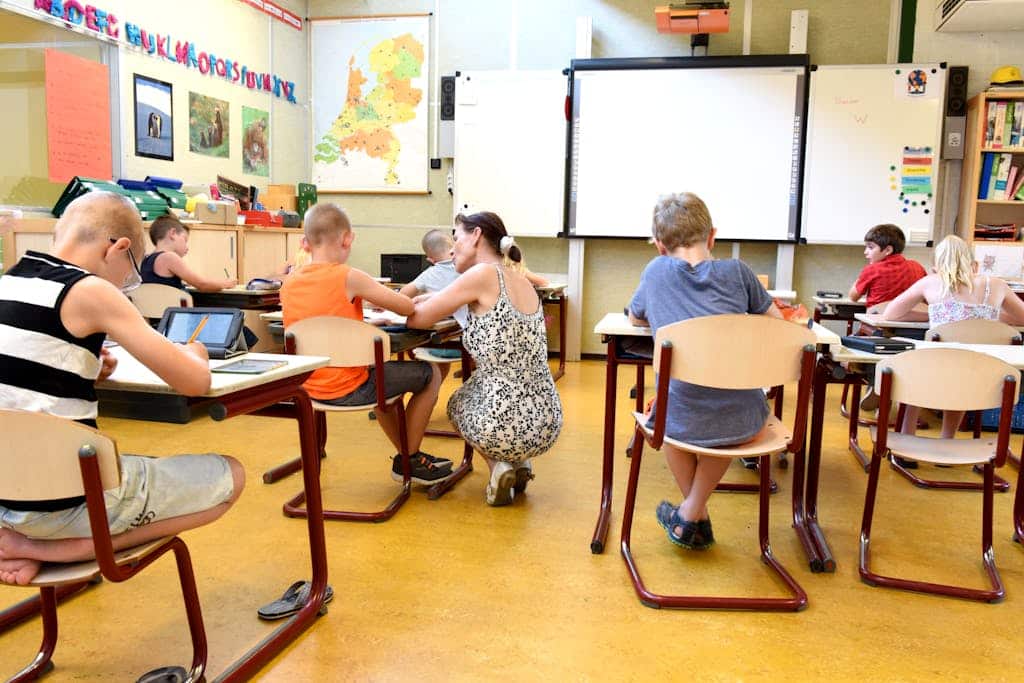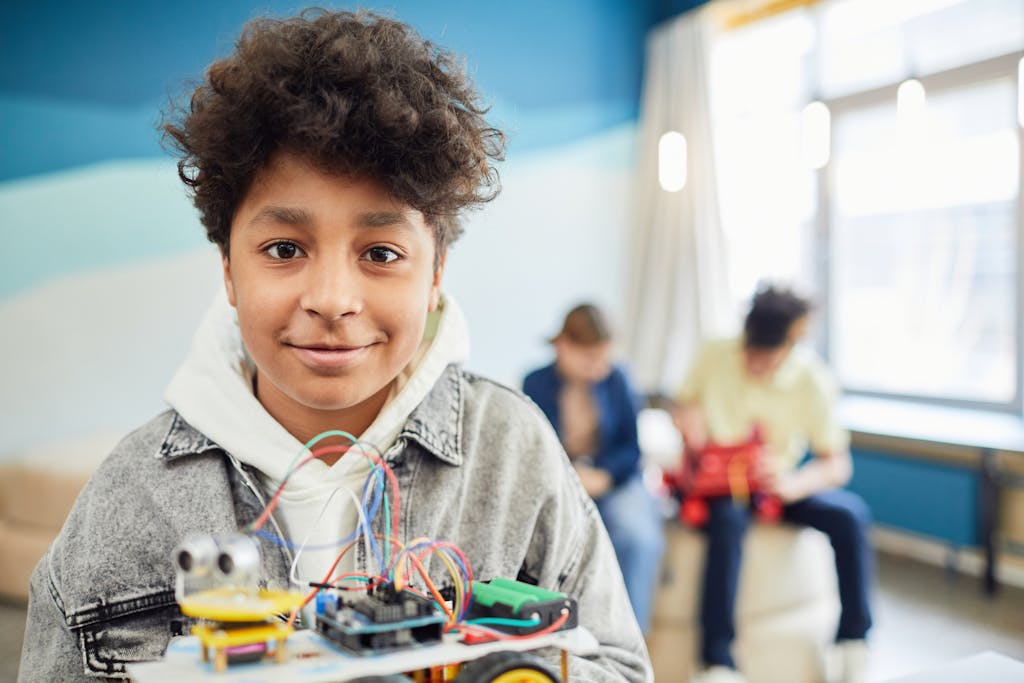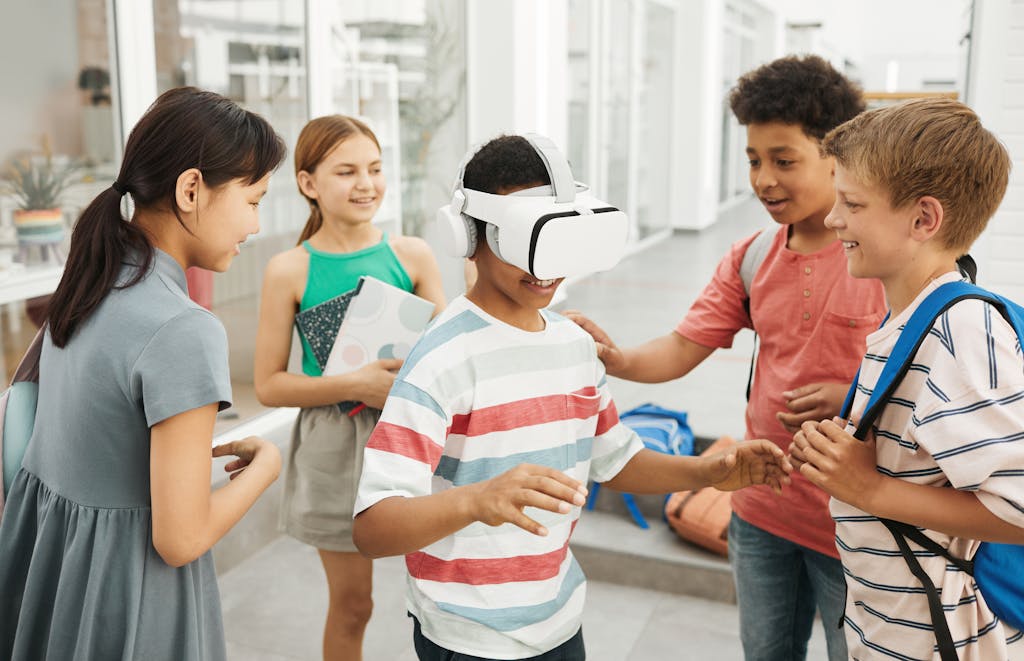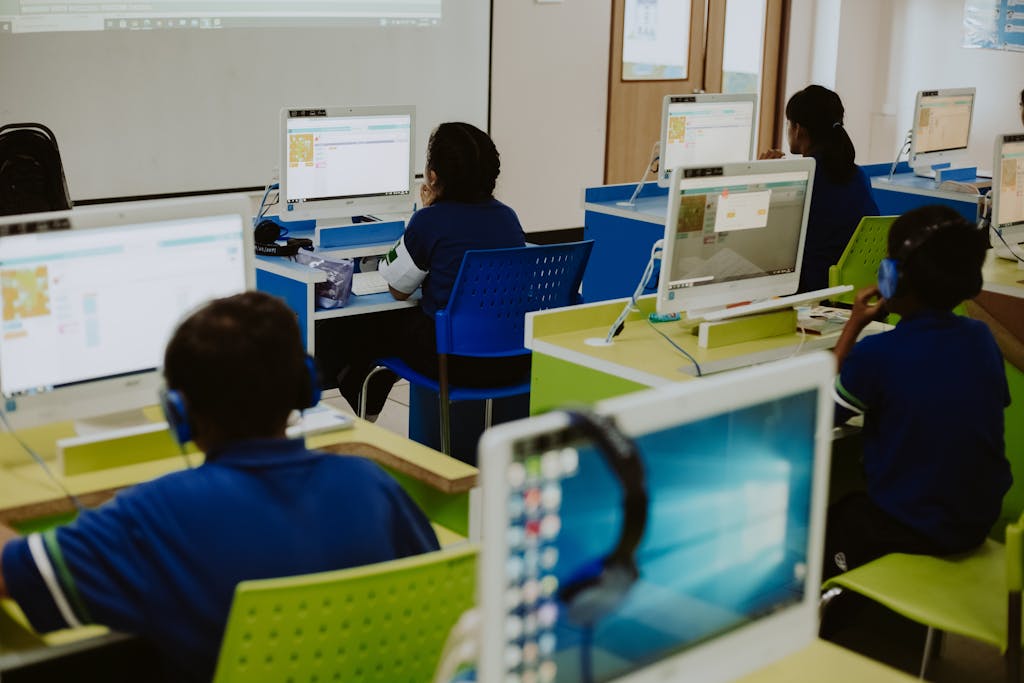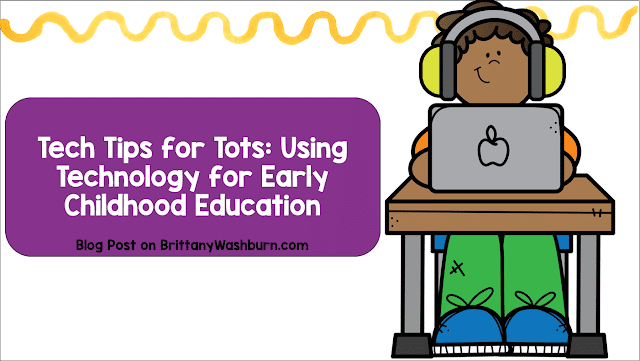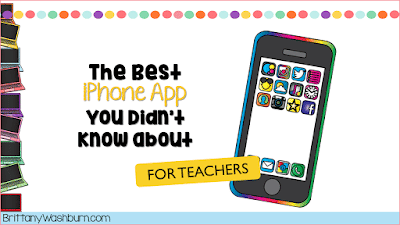Unlocking Your Students Potential: How Innovative Tech Integration Maximizes Learning
You ever feel like your usual lessons just aren’t landing like they used to? Same here. Today’s students are growing up in such a digital world that traditional teaching methods sometimes just don’t cut it. That’s where tech integration really shines—it’s not just about using devices, but about using the right tools to make learning more interactive, personalized, and engaging.
When we talk about innovative technology, we’re not talking about adding flashy gadgets just for the sake of it. We’re talking about using things like interactive whiteboards, creative apps, and digital platforms that let students collaborate, explore, and really take ownership of their learning. It helps us shift from “sit and get” to active learning that actually sticks.
I’ve found that with the right approach, tech can unlock creativity, boost critical thinking, and even get those quiet kids to participate more. In this post, I’ll walk you through the tools and strategies that have worked in my classroom—and how you can use them to help your students thrive in a world that’s changing fast.
What types of technology can be integrated into the classroom?
Innovative technologies such as artificial intelligence, virtual and augmented reality, online collaboration tools, and gamified learning platforms can be effectively integrated into the classroom to enhance student engagement and learning outcomes.
Understanding Student Potential in the Digital Age
Recognizing the various ways students learn and what drives their desire to learn is crucial for teachers looking to maximize educational outcomes.
Recognizing Diverse Learning Styles
No two students are alike; some are visual learners, while others excel through auditory or kinesthetic experiences. Acknowledging these diverse learning styles is key to fostering a supportive environment. Innovative technology can provide personalized learning pathways that cater to individual preferences. By utilizing a mix of audiovisual materials, interactive simulations, and hands-on activities, educators can balance the scales and ensure every student has the tools they need to succeed.
The Role of Motivation in Learning
Motivation is critical for successful learning. Students are exposed to a myriad of stimuli that can easily distract them, making it essential for educators to tap into their interests and passions. innovative tech integration offers gamified learning experiences that can transform the classroom into a captivating arena where students feel driven to conquer topics. When students are motivated, they don’t just learn information; they absorb it, apply it, and retain it. Voilà! We have ourselves a generation of enthusiastic learners ready to take on the world.
Key Technologies Transforming the Learning Experience
Collaborative Tools for Group Projects
Platforms like Google Workspace and Microsoft Teams empower students to work together seamlessly, whether they’re in the same room or continents apart. These tools foster teamwork and enhance communication skills, showing students that collaboration is crucial in today’s interconnected world.
Virtual and Augmented Reality: Immersive Learning Environments
Virtual and augmented reality (VR and AR) are breaking down the walls of traditional classrooms, allowing students to explore everything from ancient civilizations to distant planets—all from the comfort of their desks. VR and AR provide immersive experiences that bring subjects to life in ways textbooks simply can’t.
Artificial Intelligence in Personalized Learning
With advancements in artificial intelligence (AI), personalized learning is becoming a reality. AI can analyze a student’s strengths and weaknesses, tailoring content and recommendations to meet their unique needs. This approach can not only helps learners grasp complex concepts but also boosts their confidence, empowering them to take ownership of their educational journeys.
Strategies for Effective Tech Integration in Classrooms
So, how do we actually harness all this amazing tech to make tangible improvements in our classrooms? The answer lies in thoughtful strategies that make tech integration seamless and effective.
Creating a Tech-Friendly Curriculum
Developing a curriculum that embraces technology isn’t just about adding a few apps here and there; it’s about weaving it into the fabric of learning. This means selecting resources that align with learning objectives and ensuring that tech use enhances, rather than disrupts, the learning process. A tech-friendly curriculum should be flexible enough to adapt to new tools as they emerge, keeping teachers and students on the cutting edge of educational innovation.
Professional Development for Educators
Of course, introducing innovative tech integration into real-life classrooms requires well-prepared educators. Professional development should not be an afterthought but an essential component of tech integration. Offering teachers training sessions where they can explore new tools, share best practices, and collaborate with their peers ensures they feel confident and competent when bringing technology into their classrooms. Give them a map before sending them into new territory—no one likes to wander aimlessly!
Enhancing Engagement and Collaboration Through Technology
Interactive Learning Platforms
Interactive learning platforms provide a dynamic experience where students can participate actively. Think discussion boards, real-time quizzes, and collaborative projects—oh my! By integrating tools like Google Classroom or Moodle, you’re not just increasing participation; you’re turning the entire learning experience into a lively conversation, where students feel their input is valued.
Gamification: Making Learning Fun
Let’s face it: learning can sometimes feel like a chore. Enter gamification, where suddenly, math problems are quests, and historical dates are missions. This strategy injects elements of game design into the curriculum—points, badges, and leaderboards that motivate students. This approach increase engagement, which in turn enhances retention. We can even show you How to incorporate gamification in the elementary classroom., as well as How to Use Digital Resources to Enhance Collaboration and Engagement.
Measuring the Impact of Innovative Tech Integration on Learning Outcomes
By analyzing data such as test scores, participation rates, and feedback surveys, teachers can identify what’s working and what’s, well, flopping. These metrics help educators assess student engagement, progress, and even satisfaction. This data-driven approach not only highlights the impact of tech on learning outcomes but also provides invaluable insights for continuous improvement.
Preparing Students for a Tech-Driven World
The traditional classroom is evolving into something much more dynamic. With the rise of blended learning, flipped classrooms, and personalized education experiences, we get to see students engaging in ways we never dreamed possible. Innovative tech integration can bring virtual and augmented reality experiences, AI-driven tutoring systems, and global classrooms connecting students from different corners of the world.
It’s essential for educators to not just teach content but to cultivate digital literacy and critical thinking skills. The effective use of innovative tech integration in education is not just a trend. It is a vital approach to maximizing student potential and enhancing the learning experience. By leveraging the right tools and strategies, educators can create more engaging, personalized, and collaborative environments that cater to diverse learning needs. As we look to the future, it is essential for schools and educators to embrace these technologies.
Read some other posts from the Technology Integration category:

